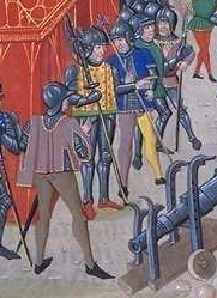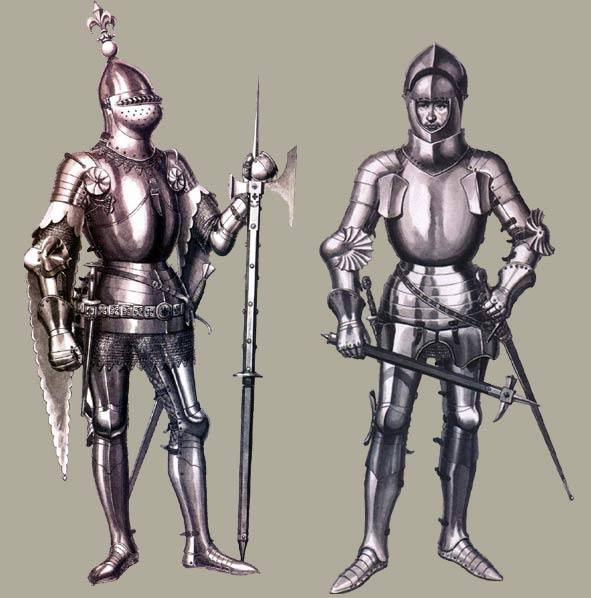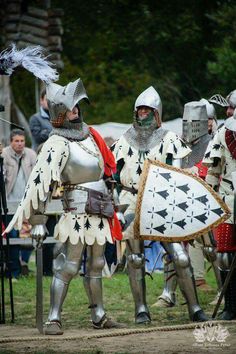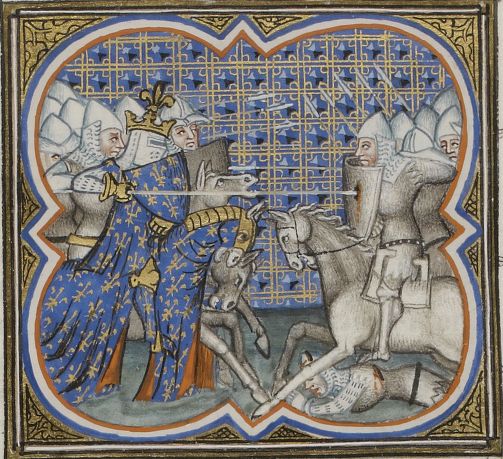Posts: 422 Location: Sioux City, IA
Sat 16 Sep, 2017 11:18 am
Even if the sleeves are tight, is it still possible to use the articulated pieces that protect joins in the elbow and shoulders? In the file at the bottom, from Froissart's Chronicles, there are men-at-arms with different types of clothes over their armor, but I don't think its likely there were plate pieces under the clothes for it would complicate the movements. When I actually see those pieces, there were worn over the cloth. That said, it's safe to assume that, when using such garments, the wearer would have only mail as underneath defenses? These sets, for example, doesn't seen to have shoulder pieces:
https://ru.pinterest.com/pin/157344580714875424/
https://ru.pinterest.com/pin/84231455508075773/
https://ru.pinterest.com/pin/110971578288617944/
Using clothes over armor can achieve some relevant extra-protection or its simply stylistic? This padded dress, for example, seens to have defensive properties (I have seen some manuscript illuminatures related to this, mainly from Chronicles de Angleterre and Froissart's Chronicles). There is a primary source also describing a cerimony where King Ferdinand the Catholic was wearing padded clothes covered with brocade over his armor; his noblemen were similarly armed "in french fashion".
[ Linked Image ]
And by the way, what's the name of this type of sleeves? I have seen it in burgundian pictures, generally
https://www.outfit4events.com/runtime/cache/images/redesignProductFull/mna_1052.JPG
 Attachment: 122.65 KB
Attachment: 122.65 KB






